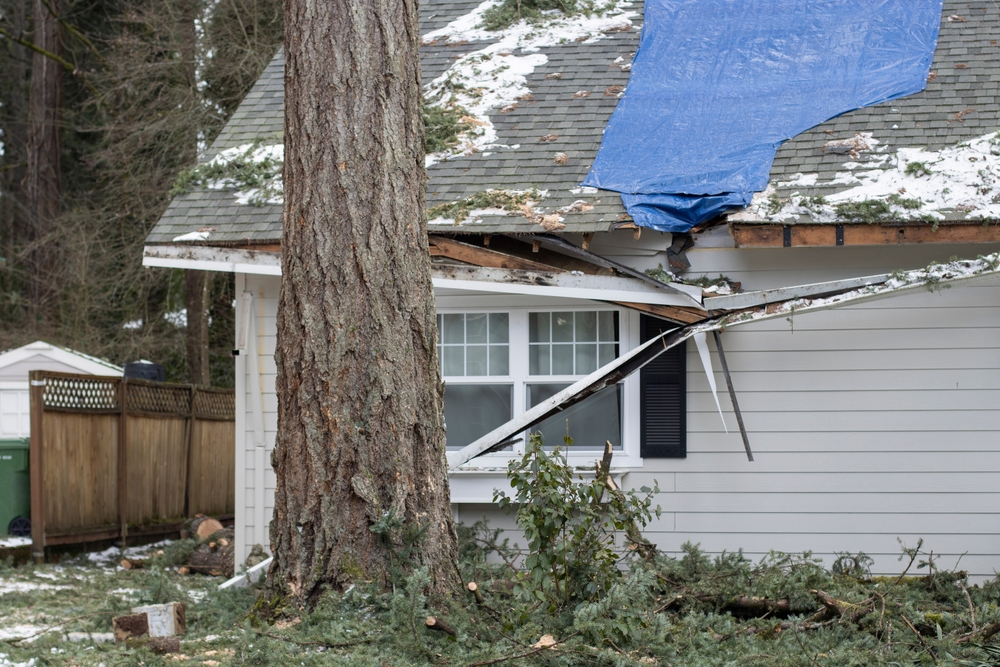


Regional property insurance claims in Wales. This article outlines five key factors that influence property insurance claims in Wales and the importance of tailoring insurance policies to the specific characteristics and risks of properties in Wales. These include;
Wales presents unique regional characteristics that significantly impact property insurance claims. Here are some key statistics, data points, and news stories highlighting these distinctive features:
Wales faces substantial flood risks, which directly affect property insurance claims:
– Over 245,000 properties in Wales risk flooding from rivers, the sea, and surface water.
– Almost 400 properties are also at risk from coastal erosion.
– Nearly a third (32.43%) of the UK’s rain typically falls during the winter months (November – January), making it the wettest time of the year.
Insurance costs in Wales differ from other UK regions:
– The average cost of building insurance in Wales (£151.10) is lower than the UK average of £187.29.
– Welsh residents pay around £30 less per year for building insurance compared to the UK average.
The Welsh insurance market has unique features:
There’s a notable difference between East and West Wales in terms of client preferences. In West Wales, clients prioritise personal, local service and relationships, while in East Wales, decisions are more price-driven.
– The Welsh economy has shifted away from heavy industry, with leisure and SMEs becoming growth areas for insurance.
Weather events significantly impact insurance claims in Wales:
– “Escape of water” is the most common building insurance claim across UK regions, affecting 11 out of 12 regions the most.
– UK average wind speeds tend to be highest in Q1 at 9.8 knots, which is more than a quarter (27%) faster than Q2 and almost a third (29%) faster than Q3.
The housing market in Wales has unique characteristics that can affect insurance claims:
– Based on a dataset of almost 210,000 properties across Wales, there are 101,000 unique landlords.
– Between the second quarter of 2021 and the same quarter in 2022, landlord possession claims in Wales more than tripled (from 6,997 to 18,201).
Wales has many second homes and holiday lets, particularly in the northern and western regions. For example, Gwynedd, Isle of Anglesey, and Pembrokeshire have high percentages of residential transactions involving second homes or holiday properties, with Gwynedd at 37%, Isle of Anglesey at 32%, and Pembrokeshire at 30%. This high prevalence of second homes can lead to unique insurance challenges, such as:
Short-term lettings (STLs) are a significant portion of holiday accommodation in Wales. These properties, often rented out for short periods, can face unique risks:
What Oakleafe Clients Say:

Wales has a substantial number of listed buildings of historical or architectural significance. These buildings require special insurance considerations due to their unique construction and the need for traditional materials and methods for repairs.
Key implications include:
Tip: Seek insurers specialising in listed building coverage to protect your property.
Wales experiences varied weather patterns that can impact property insurance claims. From flooding to storm damage, each region may face its challenges.
Certain areas, particularly those near rivers or coastal regions, are more prone to flooding.
Tip: Invest in comprehensive flood insurance and consider flood defences if your property is in a high-risk area.
Wales is susceptible to severe weather, including storms that can cause significant damage to properties.
Tip: Regularly inspect and maintain your property’s roof and exterior to withstand strong winds and heavy rainfall.

The rural-urban divide in Wales also influences property insurance claims. Properties in rural areas face different risks compared to those in urban settings.
Rural properties may be exposed to natural elements more, have longer emergency response times, and have different property usage types (e.g., farmhouses and barns).
Due to their higher population density and socio-economic factors, urban properties might be more prone to theft, vandalism, and fire damage.
Short-term lettings (STLs) are a significant portion of holiday accommodation in Wales. Often rented out for short periods, these properties can face unique risks.
A high turnover of tenants can lead to increased wear and tear and higher chances of accidental damage.
Owners of STLs need to ensure their insurance policies cover the specific risks associated with short-term rentals, which might differ from standard home insurance policies.

Property insurance in Wales requires a nuanced approach that accounts for the region’s unique characteristics and challenges. Each factor plays a critical role in shaping insurance requirements, from the high concentration of second homes and holiday lets to the preservation needs of listed buildings, regional weather risks, and the rural-urban divide.
Homeowners and landlords can significantly benefit from proactive strategies, such as scheduling regular property maintenance, investing in specialist insurance for listed buildings, and ensuring adequate coverage for risks like flooding, storms, or short-term lettings. Partnering with an insurer who understands the specific needs of Welsh properties is crucial for achieving comprehensive protection and peace of mind.
Key Takeaways:
For property owners in Wales, understanding these factors and tailoring insurance policies accordingly is not just a precaution – it’s an essential step in safeguarding your investment and securing long-term protection.
Oakleafe Claims have represented policyholders and managed their insurance claims since before the First World War. We have vast expertise and experience in both domestic and commercial insurance claims with thousands of satisfied policyholders who have received their deserved insurance settlement.
What Oakleafe Clients Say:


